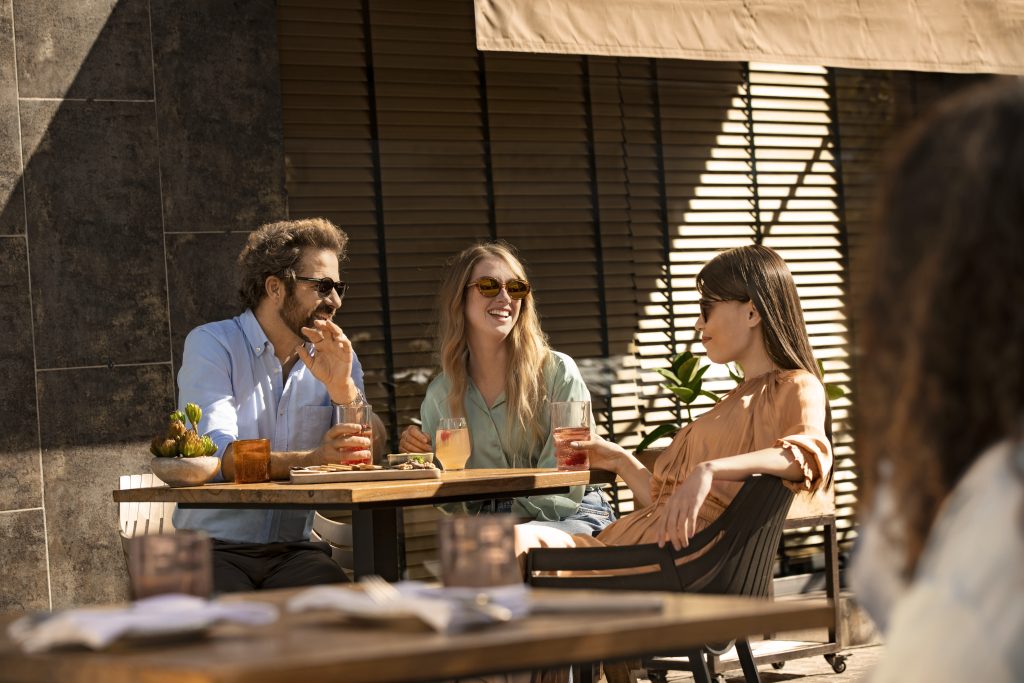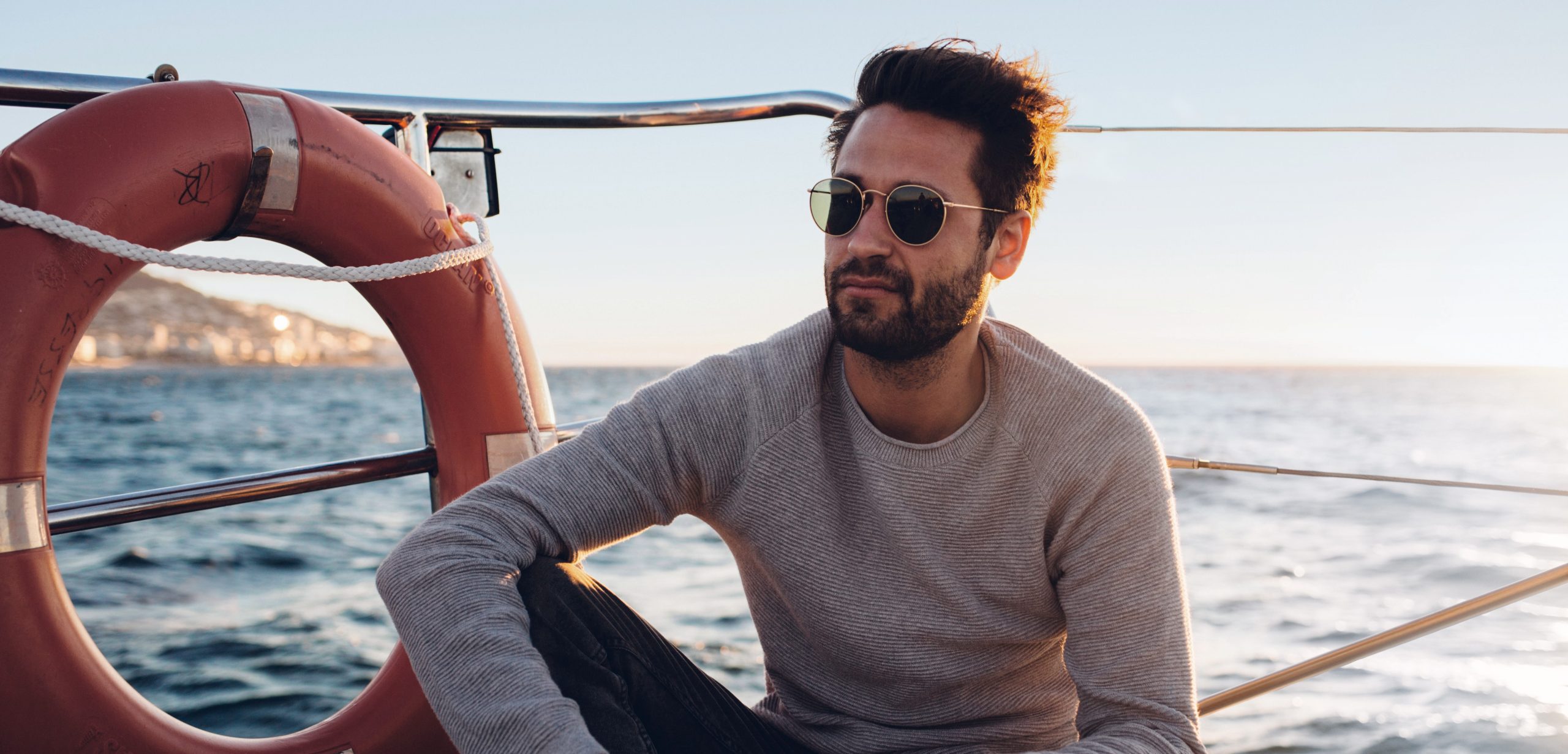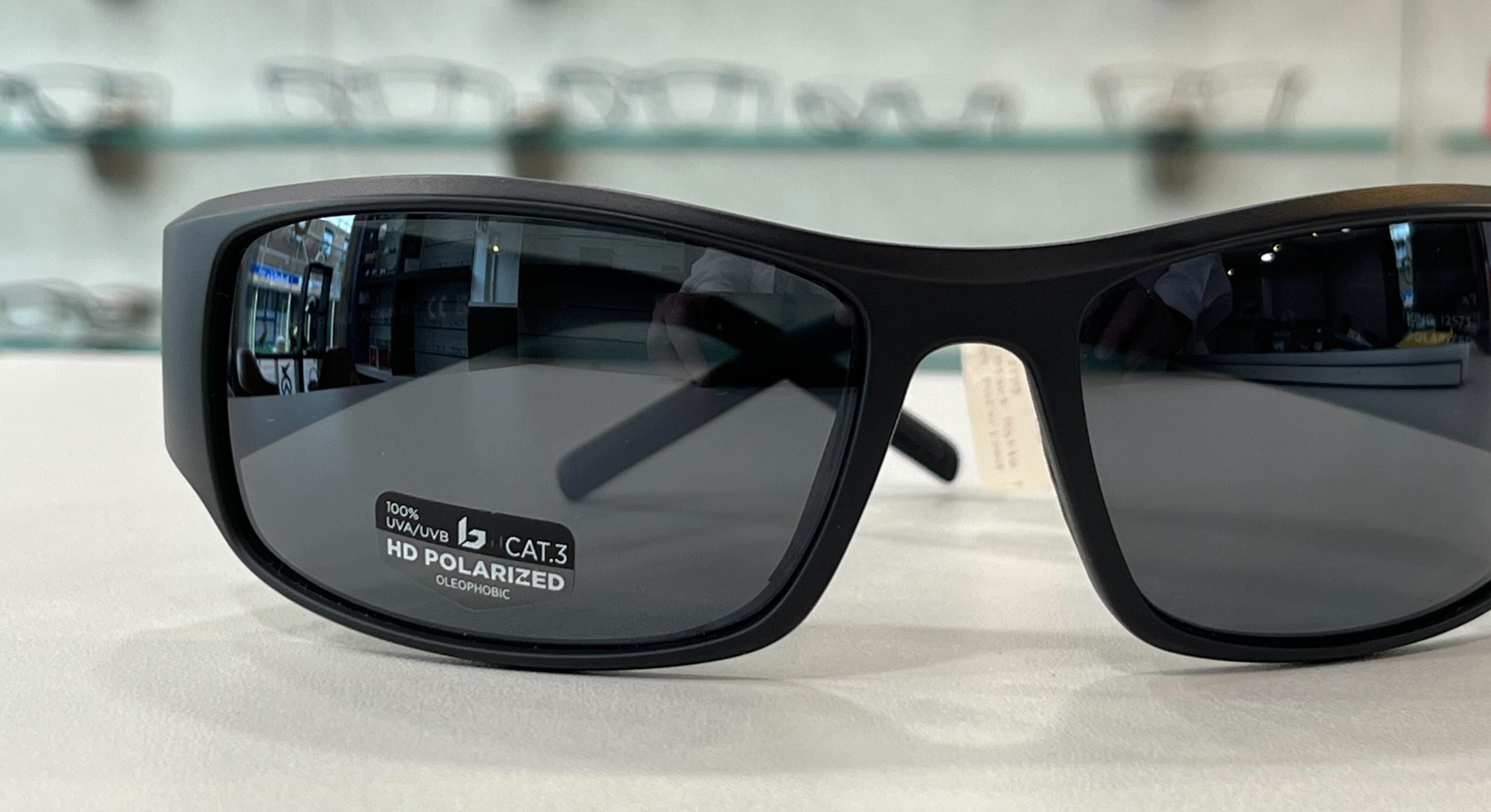
What do the numbers on your sunglasses mean?

If you've ever flipped over a pair of sunglasses, and noticed a string of numbers and symbols on the label and wondered what they all mean, you're not alone. Understanding terms like “UV400” and “Category 3” can make a real difference when it comes to UV protection, especially during bright summer days or your next sunny getaway.
So, let’s break it down.
What is UV protection and why should you care?

Ultraviolet (UV) rays are invisible rays from the sun that can cause long-term damage to your eyes. Prolonged exposure can lead to conditions such as cataracts, macular degeneration, and even skin cancer on the eyelids.
That’s where UV-blocking lenses come in.
A label that says “UV400” means the lenses block 100% of UV rays - essentially the gold standard for eye protection. If your sunglasses don’t state “UV400” or “100% UV protection”, they might not be doing enough to safeguard your long-term eye health.
What do the “Category” numbers mean?
You’ll often see “Category 0-4” listed somewhere on your sunglasses label. This isn’t about style; it’s about how dark the lens is and how much visible light it filters:
- Category 0: Very light tint or clear – ideal for indoor or fashion wear.
- Category 1: Light tint – suitable for low sunlight or cloudy days.
- Category 2: Medium tint – general-purpose lenses for average sunlight.
- Category 3: Dark tint – best for strong sunlight, perfect for beach days, driving, or walking along a harbourside.
- Category 4: Very dark – used in extreme sun conditions (think high-altitude mountaineering), but not safe for driving.
Most quality sunglasses for everyday use fall under categories 2 or 3, combining visual comfort with strong light protection. If you’re unsure, pop into one of our practices; we’re more than happy to check your sunglasses for you.
Polarised, photochromic, mirrored
It’s easy to get confused by added features. Here’s a quick breakdown:
- Polarised lenses cut glare (great for driving or water activities) but don’t automatically mean UV protection - check for a separate UV rating.
- Photochromic lenses darken in sunlight and often come with full UV protection, but always check.
- Mirrored coatings reflect more light, but again, aren’t a guarantee of UV safety.
At Lynne Fernandes Optometrists, we only recommend lenses that meet the highest standards, whether you're picking something stylish from our new collection or upgrading to some tailored prescription sunglasses.
Protection first, style always
The best sunglasses do more than just look good, they protect your eyes for years to come. When you’re looking for your next pair, take a quick glance at those label numbers. And if you’re not sure what they mean, just ask; we’re here to help.
Want help choosing the right sunglasses this summer?
Pop into one of our Bristol practices for a styling consultation. We'll guide you through the best lens options for your lifestyle, and yes, they’ll look amazing too.